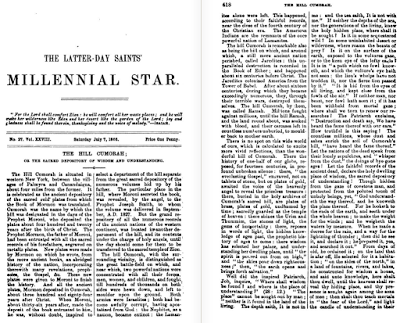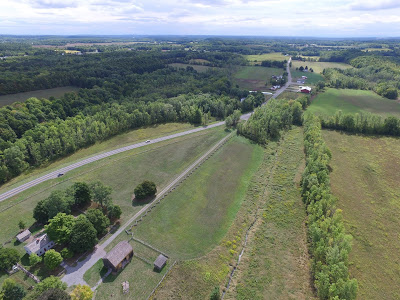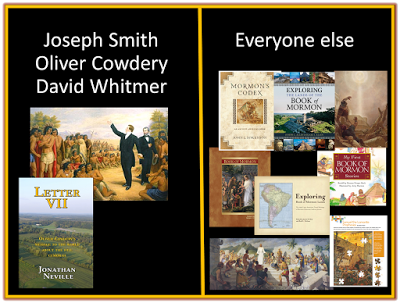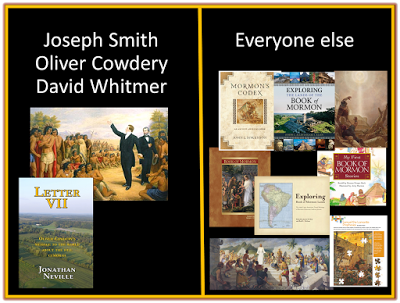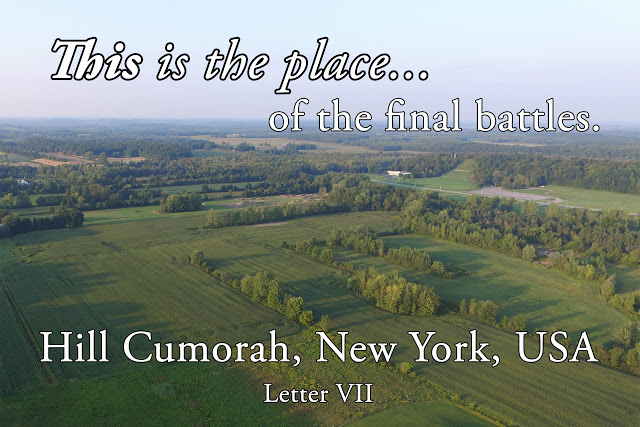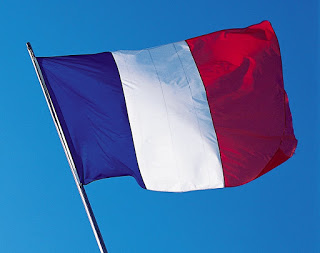Apparently even Ask Gramps has never heard of Letter VII
Today, hardly any members of the Church have heard of Letter VII. Even fewer have read it.
The web page AskGramps didn’t mention Letter VII in response to this question:
Have you found any reference where Joseph Smith actually called the hill of the golden plates Cumorah?
Jerry Ainsworth has spent a lifetime on Book of Mormon archaeology. He supports the Central America theory and claims Joseph Smith never identified the place he got the records as Cumorah, even though later church leaders have. Have you found anywhere where Joseph actually called the hill of the golden plates Cumorah?
Gary, from Whitby. Ontario
Many others, in addition to Jerry Ainsworth, have spent their lives studying Book of Mormon archaeology, and they do not all agree with the Central America theory. That theory is indeed the most popular one, but it has a number of unresolved problems associated with it. Each of the other theories also have their own problems.
To the best of my knowledge, we have no first person record of Joseph Smith naming the hill from which he received the plates of the Book of Mormon. However, Only a small fraction of the words that Joseph Smith spoke were ever written down–and we can include in that fraction the scriptures that he revealed. There can be no other explanation for the Hill Cumorah being named what it was than that the name was given by Joseph Smith. All of his contemporaries used the name Cumorah for that hill, and there is no record of him refuting any of them. Had he done so, there no doubt would have been corrections made in the thinking and the writing of others. It is impossible to think that somebody else thought up that name and Joseph went along with it.
So I think that we can conclude with utmost confidence that Joseph received the name of that hill from the Angel Moroni. Therefore, the Hill Cumorah in New York State must stand as an a priori postulate for any reasonable archaeological theory relating to the Nephite culture. Here are just a few of the voluminous records that point to Joseph Smith as the originator of the name Cumorah—
“This angel delivered a message to Joseph Smith, and told him that in the Hill Cumorah there were buried golden plates containing a record of the forefathers of the American Indians” (Discourse of President Heber J. Grant, Conference Report, October 1919, Morning Session, p.21
“Joseph Smith visited by the angel Moroni and told of the Book of Mormon record. Joseph viewed the gold plates buried in a nearby hill” (Cumorah) (see Joseph Smith—History 1:27-54).
“The following is also taken from the history of the travels of the Kirtland Camp: ‘The camp passed through Huntsville, in Randolph County, which has been appointed as one of the stakes of Zion, and is the ancient site of the City of Manti, and pitched tents at Dark Creek, Salt Licks, seventeen miles” (Joseph Fielding Smith, Doctrines of Salvation, edited by Bruce R. McConkie, 3:, p.239)
“Among these was Mormon, who in his day kept the chronicles of the nation. From these extensive records he had compiled on plates of gold an abridged record. This he had given to his son, Moroni, who survived the destruction of the Nephite nation at the hands of the Lamanites. Moroni, prior to his death, buried the record in the Hill Cumorah, where Joseph Smith received it some fourteen centuries later” (Gordon B. Hinckley, What of the Mormons? , p.78)
“Persecution did not commence in Kirtland, nor in Jackson County, but it commenced at the time Joseph the Prophet sought the plates in the hill Cumorah” (Journal of Discourses, 2:, p.5)
Another quote from Brigham Young—
“I have conversed with several of those men who say they have seen the plates that Joseph Smith took out of the hill Cumorah; I have also conversed with Joseph Smith, who has told me of these things and many more that it would be unnecessary on the present occasion to relate” (Journal of Discourses, 10:, p.131).
“When Joseph got the plates, the angel instructed him to carry them back to the hill Cumorah, which he did” (Journal of Discourses, 19:38).
Source: Book of Mormon Wars
